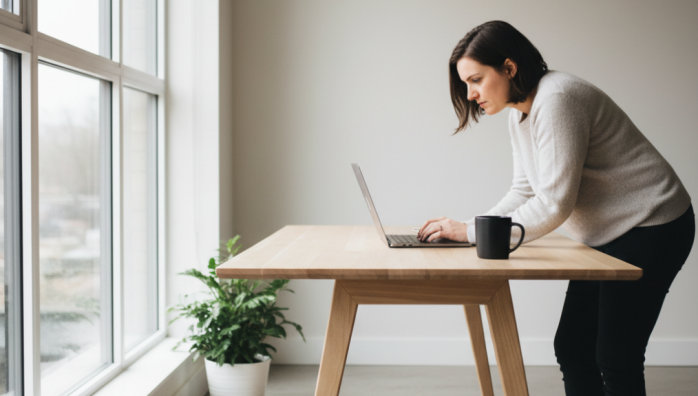Creating a Distraction-Free Work Environment
by admin in Productivity & Tools 17 - Last Update November 14, 2025

For years, I felt like my attention was a battlefield. Every notification was a grenade, every open browser tab a potential ambush. I'd end my days feeling utterly exhausted, like I'd been busy for eight straight hours, but my to-do list was barely touched. I was mistaking activity for achievement, a trap I think many of us fall into. The constant digital hum was drowning out any chance for deep, meaningful work.
My initial failures with the 'digital detox'
My first instinct was to go scorched-earth. I deleted social media apps, turned my phone to grayscale, and tried to work in a digital vacuum. Honestly, it was a disaster. I felt disconnected and, ironically, spent more mental energy fighting the urge to check things than I did on actual work. I realized something profound: the problem wasn't the tools themselves, but my relationship with them. It’s not about total elimination; it’s about intentional curation.
The framework that actually worked for me
After a lot of trial and error, I landed on a three-pillar system that transformed my workspace from a chaos zone into a focus sanctuary. It wasn't an overnight fix, but a gradual process of building better habits and a more intentional environment.
Pillar 1: Taming the digital beast
This was my first and biggest win. I re-evaluated every single notification. My rule now is simple: if it's not a real-time message from a human being that requires my immediate attention, the notification is off. All of them. Email, news alerts, app updates—silenced. I also started using browser profiles. I have a 'Work' profile that is stripped of all personal bookmarks and extensions, and a 'Personal' profile for everything else. This simple separation creates a psychological barrier that has been incredibly effective.
Pillar 2: Engineering the physical space
You don't need a fancy office, but you do need a dedicated space. For a long time, I worked from my kitchen table, and it was a constant source of distraction. I finally carved out a small corner in a room that was just for work. The most impactful change I made here was physically removing my phone. I bought a simple charging stand and placed it in another room during my focus blocks. Out of sight, genuinely out of mind. A clear desk policy also helps; at the end of each day, I clear everything off except my essentials. It feels like a fresh start every morning.
Pillar 3: Managing my internal environment
This was the hardest, but most rewarding, pillar. I realized that even in a perfectly quiet, notification-free room, my own mind was my biggest source of distraction. The solution for me was proactive planning. Before I end my workday, I map out my top 1-3 priorities for the next day. This eliminates the 'what should I do now?' paralysis that used to send me spiraling into procrastination. I also adapted the Pomodoro Technique. The standard 25 minutes felt too short, so I experimented and found that 50-minute focus blocks with 10-minute breaks work best for me. It's a reminder that productivity systems are templates, not gospel. You have to tweak them to fit your own brain.
Creating this environment wasn't about finding a magic app or a secret hack. It was about making a series of small, intentional decisions every day. My focus isn't perfect, but it's no longer a battlefield. It's a cultivated garden, and that has made all the difference.












